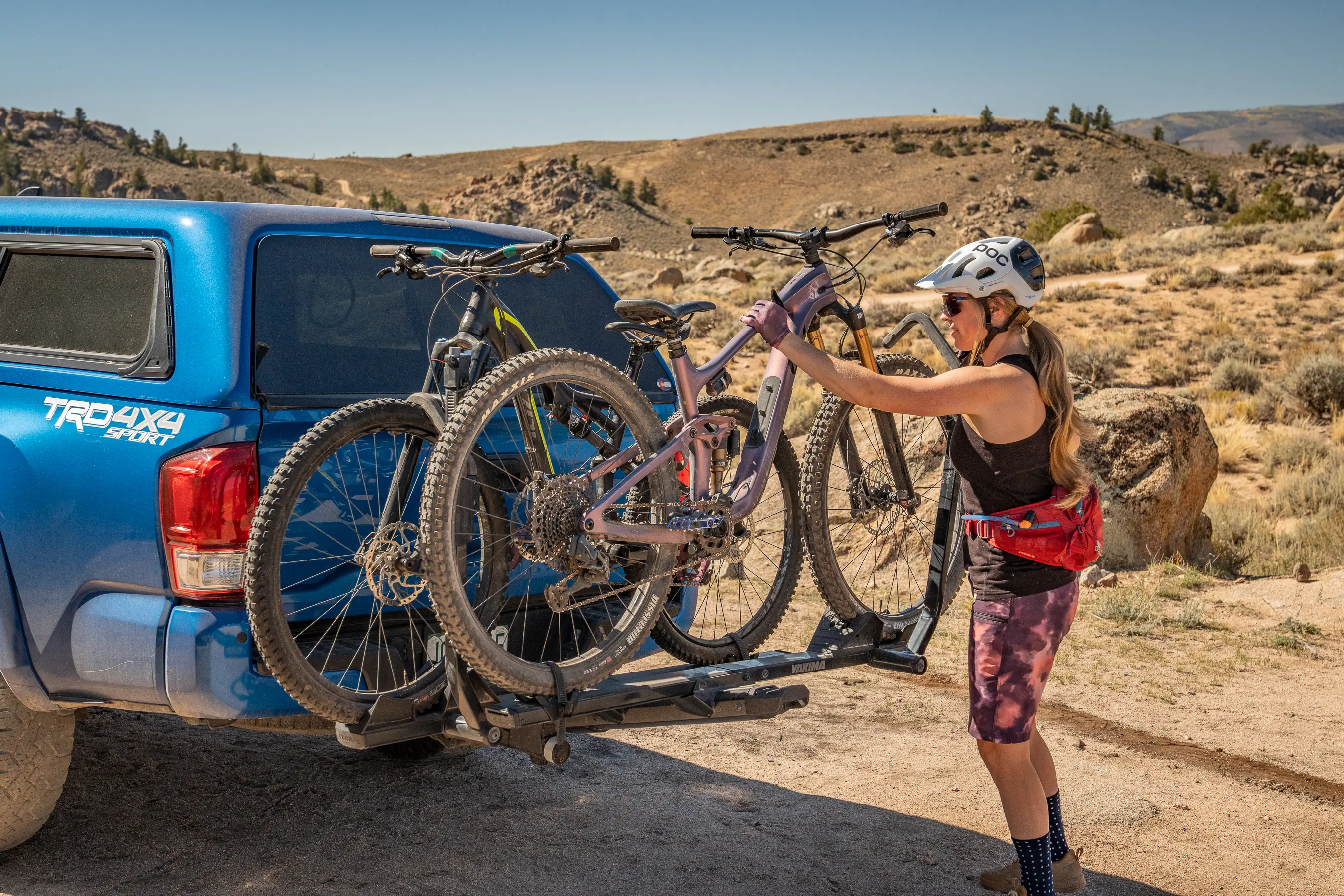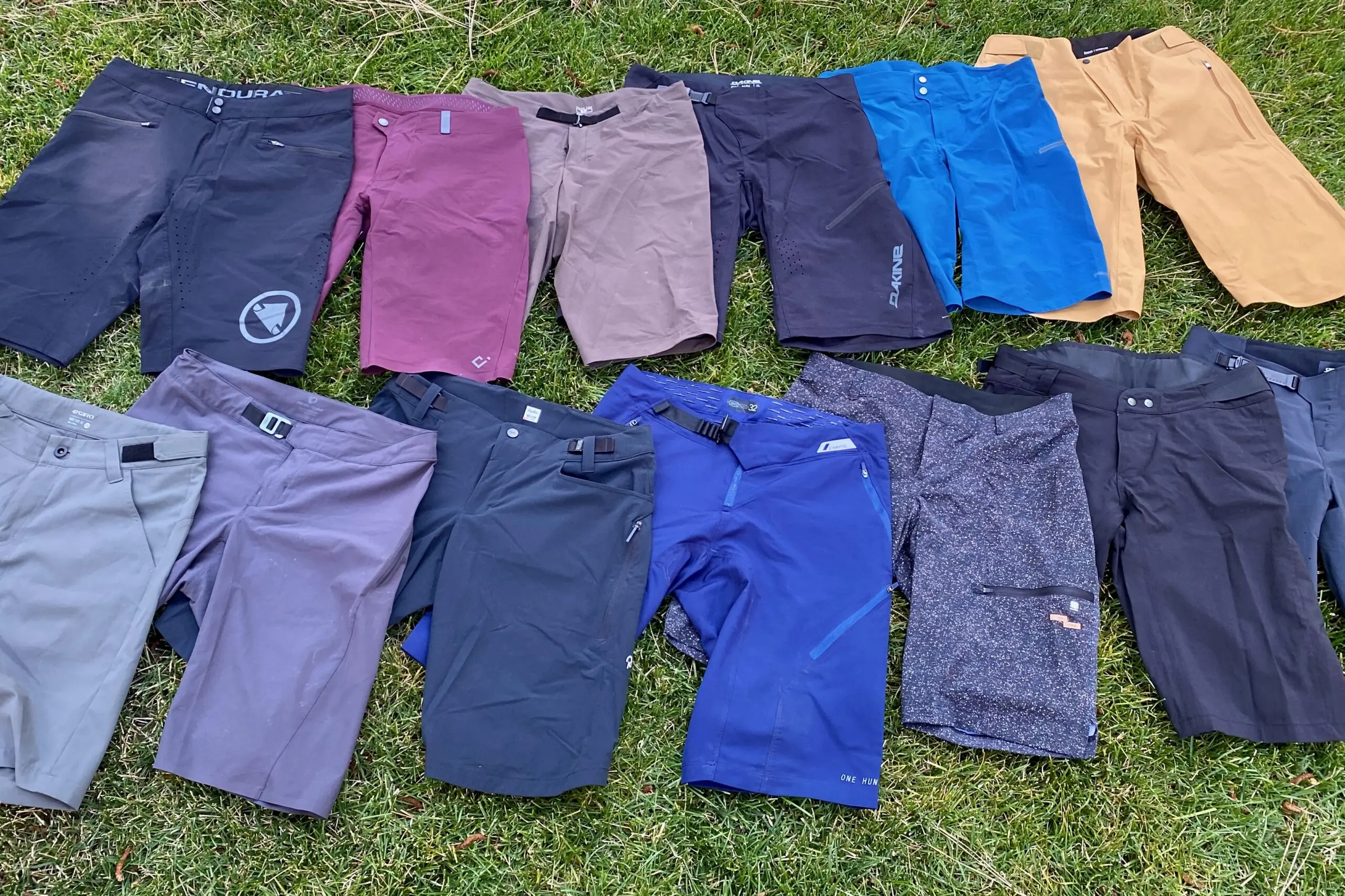Our head-to-head comparison between SRAM’s premium RED and new mid-range Rival eTap AXS groupsets revealed surprising results.
American bicycle component brand SRAM today announced the Rival eTap AXS line of components for road and gravel bicycles. This groupset brings the price of wireless electronic shifting to bikes that start at $3,500-4,000, lowering the barrier to entry by a significant margin.
The Rival eTap AXS allows many more cycling enthusiasts to enjoy and benefit from modern electronic shifting, making one of the most instrumental developments in cycling attainable to more than just the uber-elite.
In our early testing, SRAM Rival eTap AXS groupset’s performance proved largely indistinguishable from that of the top-tier RED eTap AXS group but drops the point of entry to less than half the price of many RED-equipped road and gravel bikes. Although cycling is still expensive, this new release from SRAM makes the undeniable benefits of electronic shifting much more affordable.
How We Tested SRAM eTap AXS
In what had to be one of the best product launches (and I’ve been to a lot of them), SRAM surprise-delivered an Open Cycles U.P. bicycle, outfitted with Rival eTap AXS, to my door — as I was on a call receiving news of the launch. I live miles down a dirt road in a wildlife refuge, making the logistical effort by SRAM even more impressive.
And my location proved an ideal testing ground for this particular bike. Because it’s an “all-road” bike, I can cover terrain appropriate for my gravel bike and remain efficient on the paved roads, should I want to connect distant ribbons of dirt. This exactly describes my neighborhood.
First Impressions: SRAM eTap AXS Review
I Can See the Headlines Now
Admittedly, I am a bike gear snob. I have been fortunate to ride top-tier components since college, primarily due to the generosity of racing and industry friends. In short: I’m a spoiled brat when it comes to bicycles and cycling gear.
So I assumed I would instantly discern considerable differences in each Rival component’s performance characteristics compared to the SRAM RED eTap AXS on my gravel rig. I was already penning headlines in my mind as I pedaled up my steep gravel driveway for the first time: “Where Rival eTap AXS Is Not a Rival …”
But just a few miles down my local dirt roads, the headlines began to change. Shifting was quick, precise, effortless, and almost telepathic, just like on my RED-equipped machine. Braking was solid and predictable, significant on the steep hills and dusty hardpack.
The miles rolled by and, well, I had a hard time penning my headline as a bike snob. I couldn’t turn my nose up at this much more affordable groupset. But surely, I told myself, I’ll notice the shortfalls in the coming weeks, and the rough sections of my home dirt nirvana will expose the weaknesses.
Continued Testing
Other than mountain biking, I’ve exclusively ridden the SRAM Rival eTap AXS–equipped Open Cycles U.P. for the last 3 weeks. And every time, I expected to come home with some words to explain why top-tier groupsets cost what they do. I wanted to vanquish all the RED haters and justify my investments in flagship bicycle parts.
But try as I might, the functionality of each part was largely indiscernible from its higher-priced RED counterpart. All the things I love about RED were also true with Rival. The app-programmable shifting modes, braking hard at the bottom of hills or gingerly scrubbing speed on dusty gravel turns, chain management, and ergonomics — all of it was almost on par with the custom gravel bike that hung in my shop.
This bike costs triple what some of the Rival eTap AXS bikes do.
I didn’t have one missed shift, dropped chain, or any mechanical issue during the testing period. And I purposely veered into the roughest sections of rock-lined caliche roads, rode through mud, rain, extreme dust, and I never cleaned or lubed the flat top chain once (sorry, SRAM).
But there were differences — albeit minor.
Rival eTap AXS vs. RED eTap AXS

The first thing I noticed was the brake hoods, as they’re smaller than RED. Most riders I know spend the majority of time on the hoods, so it’s not an insignificant matter, but I feel it’s a personal issue. I have small hands for someone my size, so they fit well, but so do the ones on RED.
The first time I rode up my very steep driveway on the test bike, I was seated, and it felt so much easier. The Rival eTap AXS rear derailleur handles up to 36 teeth, and the 12-speed (10- to 36-tooth) cassette, combined with the 43/30 chainrings, gave me a much lower gear ratio than I can get with my RED setup.
I was pissed! I may have to spring for the 36T RED rear derailleur, which SRAM recently released.
The Rival eTap AXS rear derailleur uses a spring clutch for chain management instead of the fluid-damped Orbit system, a big selling point for RED in the gravel segment. But I never missed a shift or dropped my chain during a shift with Rival, nor did I hear chain slap.
On a particularly steep and rocky section of my “driveway,” I visually compared the chain behavior back-to-back while descending. There was a visual difference in how the derailleurs managed chain slack, but it never produced a functional difference.
Finally, there was a difference in the width of the crank spindle. SRAM offers a “wide” version of both single and double Rival eTap AXS cranksets, as well as a matching wide front derailleur. This option allows all-road and gravel frame builders to utilize a wider bottom bracket to help make room for wider tires while keeping the proper chain line intact.
Ahhh. The weight. All the weight weenies (like me) are waiting for this specification. A double chainring RED eTap AXS kit hit the scales at approximately 2,549 g. Meanwhile, the Rival version comes in at 3,202 g — a 653g difference, or just shy of 1.5 pounds.
Bike geeks can peruse the SRAM Rival eTap AXS site to investigate all the nuanced differences between Rival and SRAM’s RED, and second-tier Force groupsets. But these are the main ones discerned through the testing period.
Back to Price
But far and away, the most significant difference between SRAM Rival eTap AXS and the RED eTap AXS is price. This is true not only for the purchase of entire bicycles (half the price or less in many cases) but also for repairs and maintenance.
The parts I have destroyed the most when my talent runs short are shift-brake levers and rear derailleurs. A quick scan of SRAM MSRP lists reveals that a pair of RED eTap shift-brake levers runs $430. But for $400, one can get a pair of Rival shift-brake levers, assembled with the front and rear brake calipers, and all hoses. As for the rear derailleur, RED eTap AXS lists for $710, and the Rival version runs $255.
Similar pricing strategies play out on maintenance items too. A RED chain runs $70 while the Rival counterpart is $30. A RED cassette lists at $350 while the Rival version is $125.
And if you want to upgrade power, hold on to your seat! The trusted accuracy of Quarq power meters is available for Rival eTap AXS cranksets. This non-drive side measuring power meter has an MSRP of $349! The RED version? A cool $1,200.

The Verdict on SRAM Rival eTap AXS
If you’ve been longing for electronic shifting but didn’t want to hawk your car, your day has come! I tried hard to validate my bike snobbery, to type a headline that would support my compulsions to ride “the best.” But, alas, it’s not possible. The SRAM Rival eTap AXS works as advertised and brings the functionality of SRAM’s more expensive options into reach for many.
Yes, it weighs more, but it’s easier and cheaper for me to lose 1.5 pounds than pay for RED at full retail. And I could ride around, intently paying attention to every nerve ending to elucidate minuscule differences in performance, but I’d rather just enjoy the excellent performance.
If you want to do the same, I suggest you hit your local bike shop or your favorite online retailer as soon as you can. I have a strong feeling that SRAM Rival eTap AXS-equipped bikes will sell out quickly. Half price is half price.








